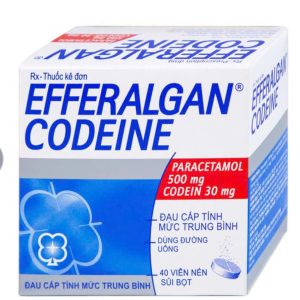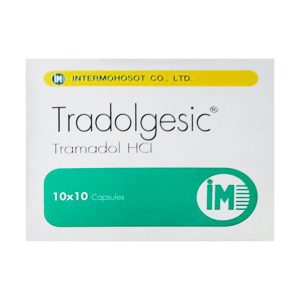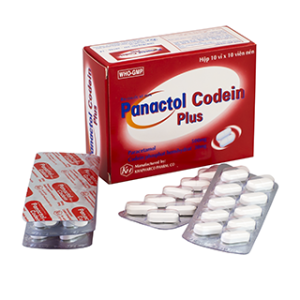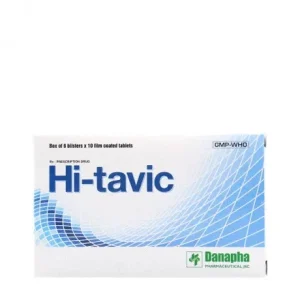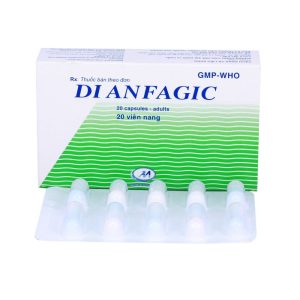We deliver to you every day from 7:00 to 23:00
The best discounts this week
Every week you can find the best discounts here.
How Do I Choose a Painkiller for Kids?
When it comes to choosing a painkiller for kids, it’s important to be informed, as the wrong choice can have serious consequences. Whether your child is experiencing a headache, teething pain, or a mild injury, picking the right pain reliever is crucial. In this article, we’ll guide you through the process, from understanding the different types of painkillers to knowing the safe dosages.
Types of Painkillers for Children
There are several types of painkillers for children, each working in different ways. The two most common categories are acetaminophen (Tylenol) and ibuprofen (Advil, Motrin). Understanding these will help you make an informed decision.
-
Acetaminophen is a mild pain reliever and fever reducer, suitable for conditions like headaches or minor aches and pains. It works by blocking pain signals in the brain.
-
Ibuprofen is a nonsteroidal anti-inflammatory drug (NSAID) that helps reduce inflammation in addition to relieving pain and lowering fever. It’s often used for conditions involving swelling, like ear infections or toothaches.
How to Choose Between Acetaminophen and Ibuprofen?
When deciding between acetaminophen and ibuprofen, the decision often depends on the specific symptoms your child is experiencing. Acetaminophen is ideal for fever and minor aches, while ibuprofen is better suited for pain involving inflammation, such as after an injury or a sore throat.
For more information on different painkillers, check out this article on painkiller safety for kids.
Safety Tips When Giving Painkillers to Children
Giving painkillers to children requires extra caution. Incorrect dosages or inappropriate drugs can be harmful. Here are a few key safety tips:
-
Always follow the dosage instructions on the packaging or as prescribed by your doctor. Overdosing can lead to severe side effects.
-
Use the correct measuring tool. Never use a kitchen spoon to measure medication; instead, use the dosing syringe or cup provided.
-
Never give aspirin to children or teenagers. It can cause Reye’s syndrome, a rare but serious illness that affects the liver and brain.

These tips are essential for ensuring your child receives pain relief safely.
Factors to Consider Before Choosing a Painkiller
Before choosing a painkiller, it’s important to take into account several factors that could affect your child’s health. Here are the most critical ones:
-
Age: Some painkillers are suitable only for certain age groups. Always check the age recommendations on the label.
-
Weight: Dosages for children are often based on weight, so make sure to choose the right dosage for your child’s size.
-
Underlying conditions: If your child has any pre-existing health conditions like liver or kidney disease, certain painkillers may be unsafe. Always consult a doctor in such cases.
The Role of Painkillers in Treating Fever
Fever is a common symptom in children, and it can be caused by a wide variety of conditions, from a simple cold to something more serious like an ear infection. Painkillers, especially acetaminophen and ibuprofen, are often used to reduce fever and alleviate discomfort.
-
Acetaminophen works by reducing fever and alleviating mild pain.
-
Ibuprofen is also effective at reducing fever and inflammation, which is why it may be preferred when your child is dealing with both fever and inflammation.
Remember, fever itself is often not harmful and can help the body fight infections. It’s generally not necessary to treat a fever unless it’s making your child uncomfortable.
For tips on managing a child’s fever, see this helpful article: Everything You Need to Know About Over-the-Counter Painkillers for Kids.
How to Administer Painkillers to Children
Administering the right amount of painkiller at the right time is crucial. Here are some guidelines on how to administer painkillers to your child:
-
Always check the time: Some painkillers can only be given every 4 to 6 hours. Do not give them too frequently.
-
Watch for side effects: Keep an eye on your child for any adverse reactions such as rash, vomiting, or dizziness. If any occur, stop the medication immediately and contact your doctor.
-
Stay hydrated: Ensure your child drinks plenty of fluids when taking any medication.
When to Seek Medical Advice
There are certain situations where you should consult a doctor before giving your child any painkiller:
-
If your child is under 3 months old, always consult your pediatrician before giving any painkillers.
-
If the pain or fever lasts more than 48 hours, or if the child has a high fever (above 104°F or 40°C).
-
If your child has any allergies to medications, or if you’re unsure of the correct dosage.
In these cases, it’s always safer to err on the side of caution and get professional advice.
Frequently Asked Questions
1. Can I give my child ibuprofen and acetaminophen together?
It is generally not recommended to give both medications together unless directed by your doctor. The two medications work in different ways, and alternating them may be done under medical guidance to help manage pain or fever effectively.
2. Are natural remedies safer than painkillers for kids?
Natural remedies can be helpful, but they are not always as effective as painkillers for controlling pain or reducing fever. Always consult a doctor if you’re considering using natural alternatives, especially if your child is in significant pain.
3. What should I do if my child accidentally takes too much medicine?
If your child accidentally takes too much medication, contact a healthcare professional immediately. Overdosing on acetaminophen or ibuprofen can be dangerous and may require immediate medical attention.
Conclusion
Choosing the right painkiller for kids is essential for their health and well-being. Whether it’s acetaminophen or ibuprofen, make sure to consider your child’s age, weight, and any underlying health conditions. Always follow the prescribed dosages and keep a close eye on your child for any side effects. With these precautions, you can provide safe and effective pain relief to your child when needed.
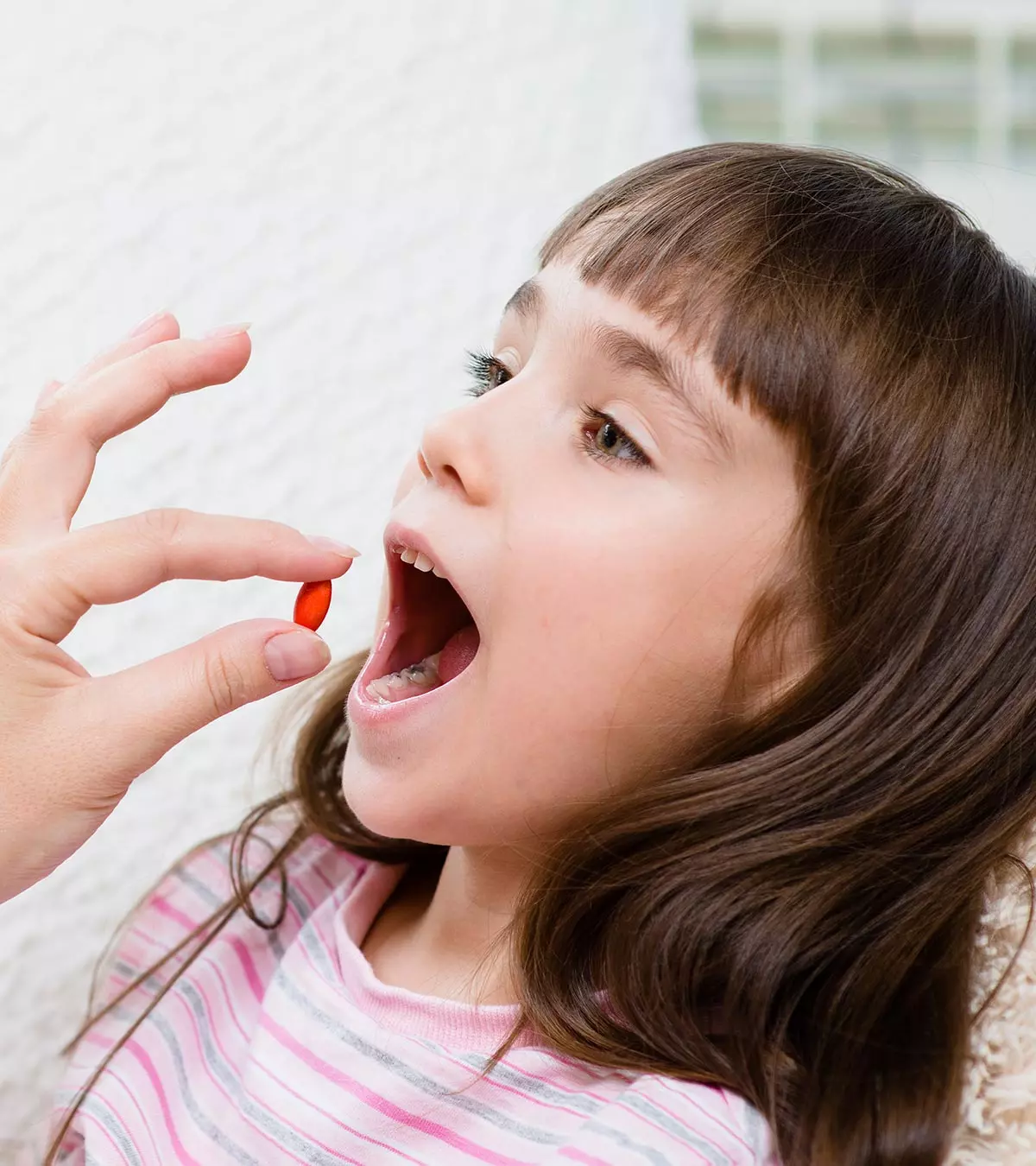
If you’re looking for more tips on safe pain relief for kids, visit DUYTHIN.DIGITAL, where we specialize in providing automation tools for a variety of platforms, ensuring your processes are as smooth and efficient as possible.

